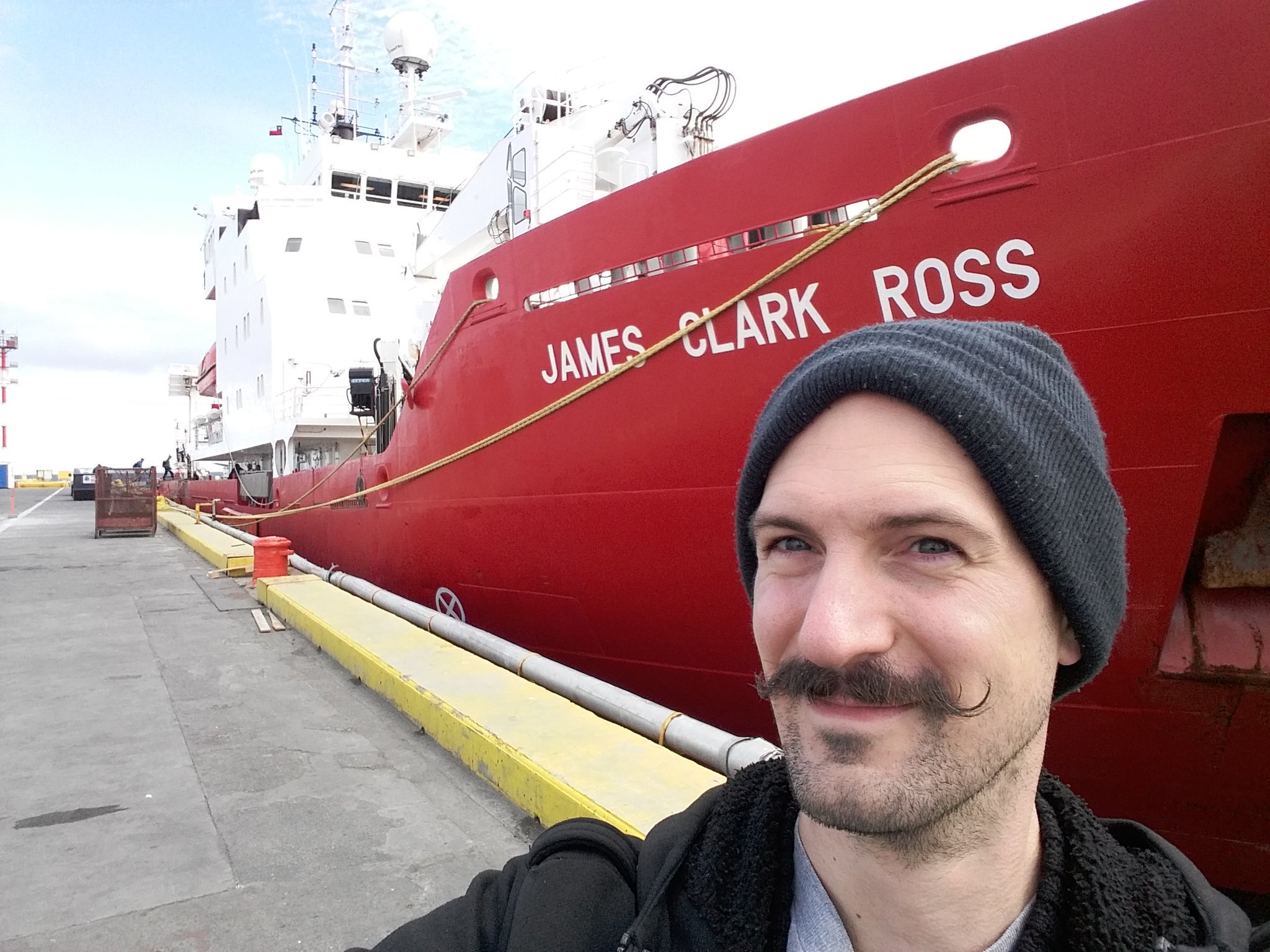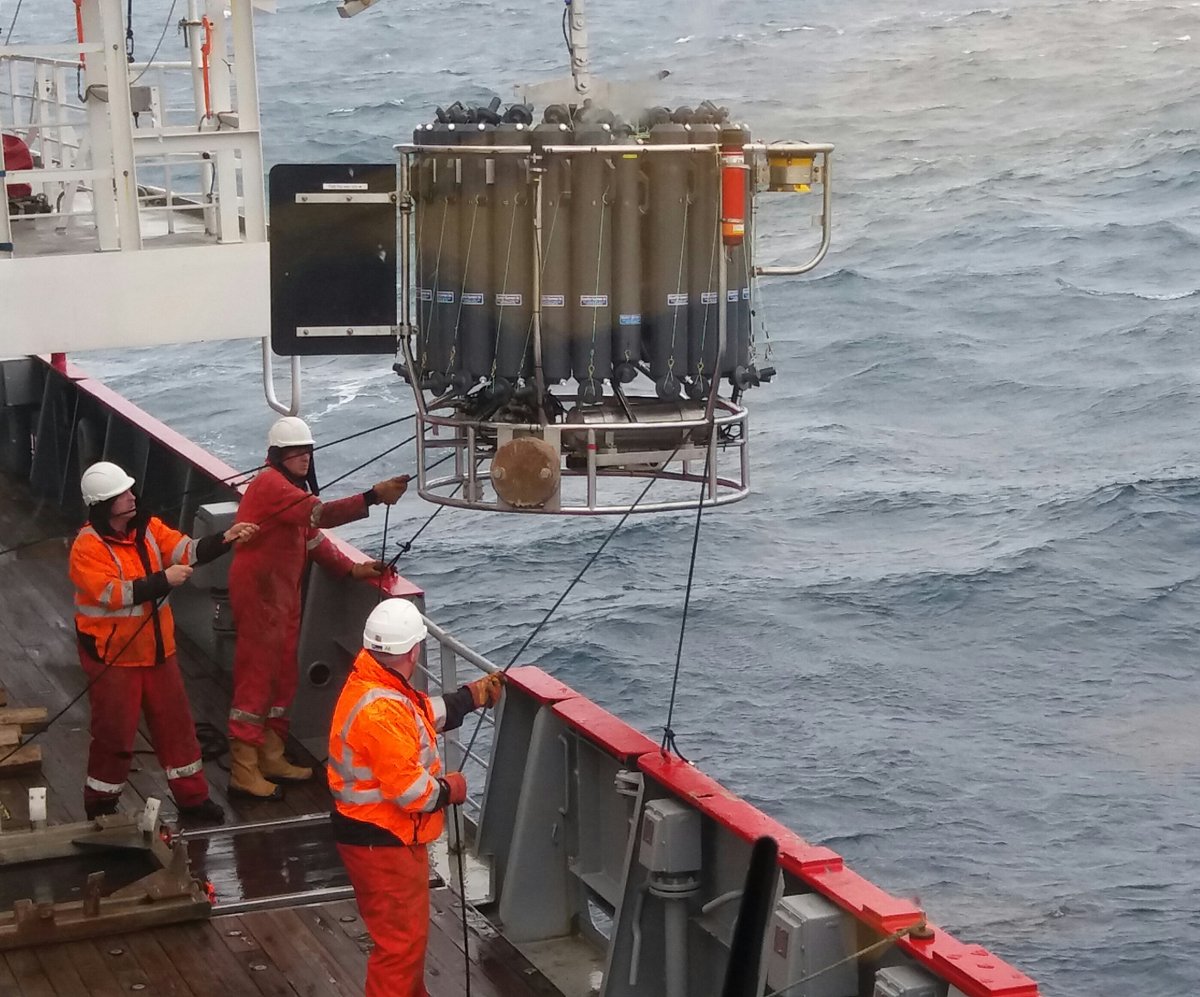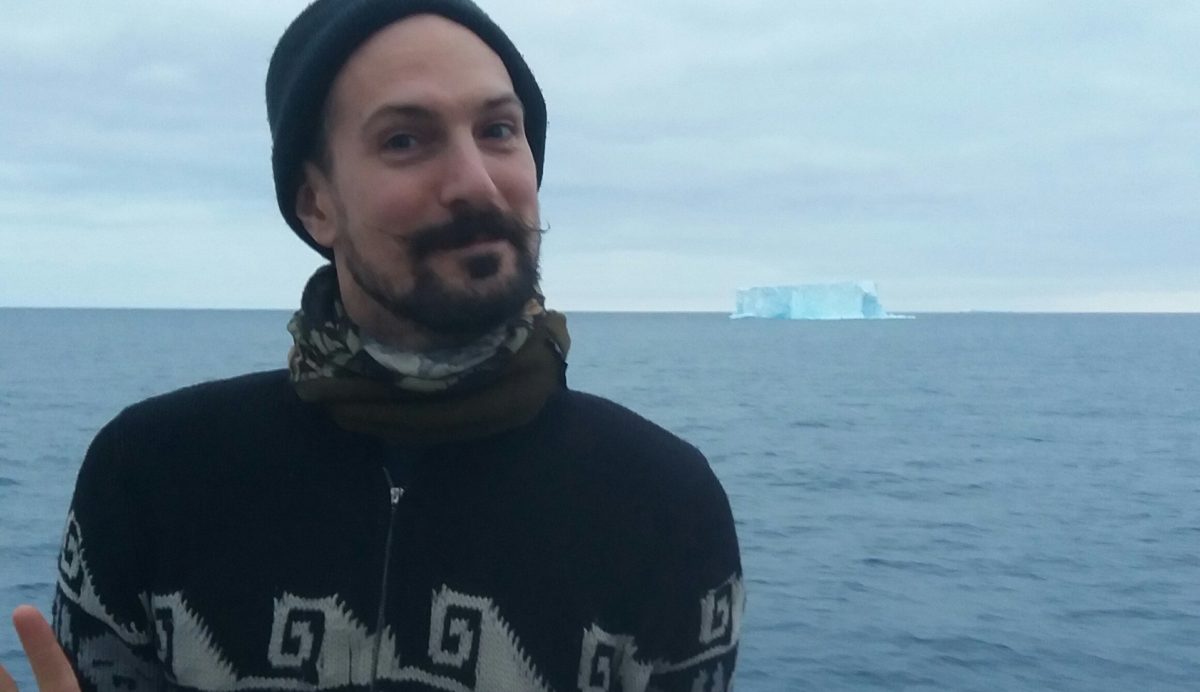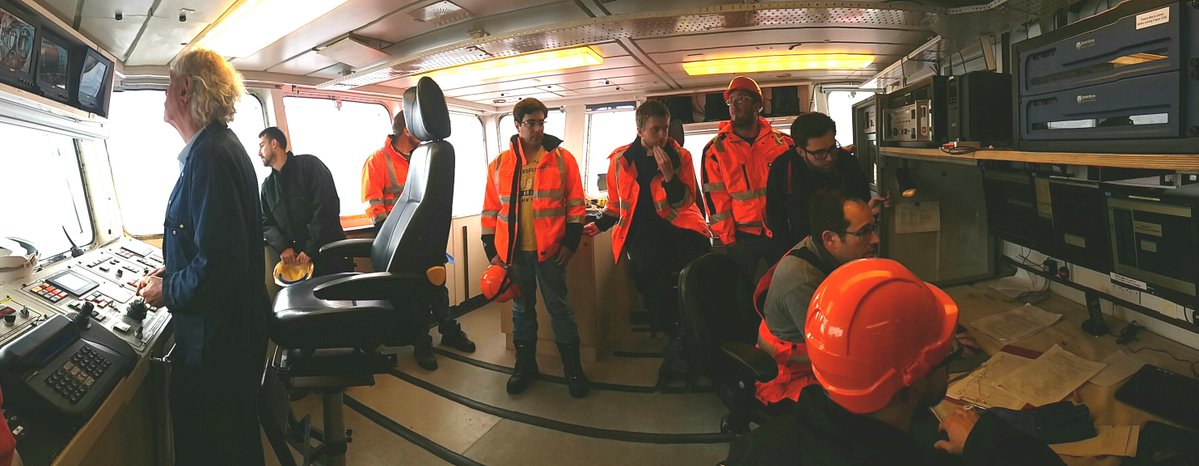Last year, I was lucky enough to obtain a Santander travel grant to the Ocean Sciences Meeting in Portland, Oregon. Presenting my research about the effect of turbulence on phytoplankton, I also attended a number of talks discussing turbulence measurements in the deep ocean.
In the Research Unit for Water, Environment and Infrastructure Resilience (WEIR), we use an instrument called a Self-Contained Autonomous Microstructure Profiler (SCAMP) which measures turbulence down to a depth of 100m. So how were these researchers taking measurements at depths of 5000m?
I got talking to Dr Alex Brearley, a physical oceanographer with the British Antarctic Survey who routinely takes deep ocean turbulence measurements using an amazing piece of instrumentation called a Vertical Microstructure Profiler (VMP). Turns out the world of turbulence is quite small and he knew my supervisor Danielle Wain! Quickly we’re onto discussions about the potential for me to attend a cruise to the Southern Ocean to learn more about the VMP.
Having completed my sea survival training and having passed my offshore medical, it looked like I was going!
The cruise was part of a 5-year NERC-funded program called ORCHESTRA (Ocean Regulation of Climate by Heat & Carbon Sequestion & TRAnsports). The project aims to clarify the role that The Southern Ocean plays in climate change. The Southern Ocean surrounds Antarctica, making up 20% of the total ocean area but for some reason, absorbs 3/4 of the excess heat from climate change, and around half of the excess CO2 but we don’t know why!

Clearly, the Southern Ocean plays a key role in regulating our climate but due to its inaccessibility and size, it is an area seldom visited. The project aims to provide much needed information on deep sea currents and gas-exchanges needed for more accurate modelling of climate change predictions. It also helps us get an idea of how the ocean is becoming more acidic as it absorbs the extra CO2.
As a physical oceanography cruise, we measured temperature, salinity, turbulence and flow velocities in an area known as the Orkney Passage; a deep underwater canyon where cold, deep water flows northward from the Weddell Sea. The canyon is around 5000m deep and has an array of deep-sea moorings installed there continuously monitoring the physical environment.


After recovering and redeploying the moorings, we then visited an area called Discovery Bank that showed evidence of a fluid dynamical feature known as a Taylor Column where the seabed topography influences the flow of water over it. As well as the VMP, we also used an array of robotic underwater Slocum gliders to gain an insight into the flow dynamics of the region.









Well done, Russell! This blog post only gives a snapshot of all the many exciting things you did during this expedition, and it was a pleasure to listen to your seminar yesterday. Carry on the great work!
Philippe